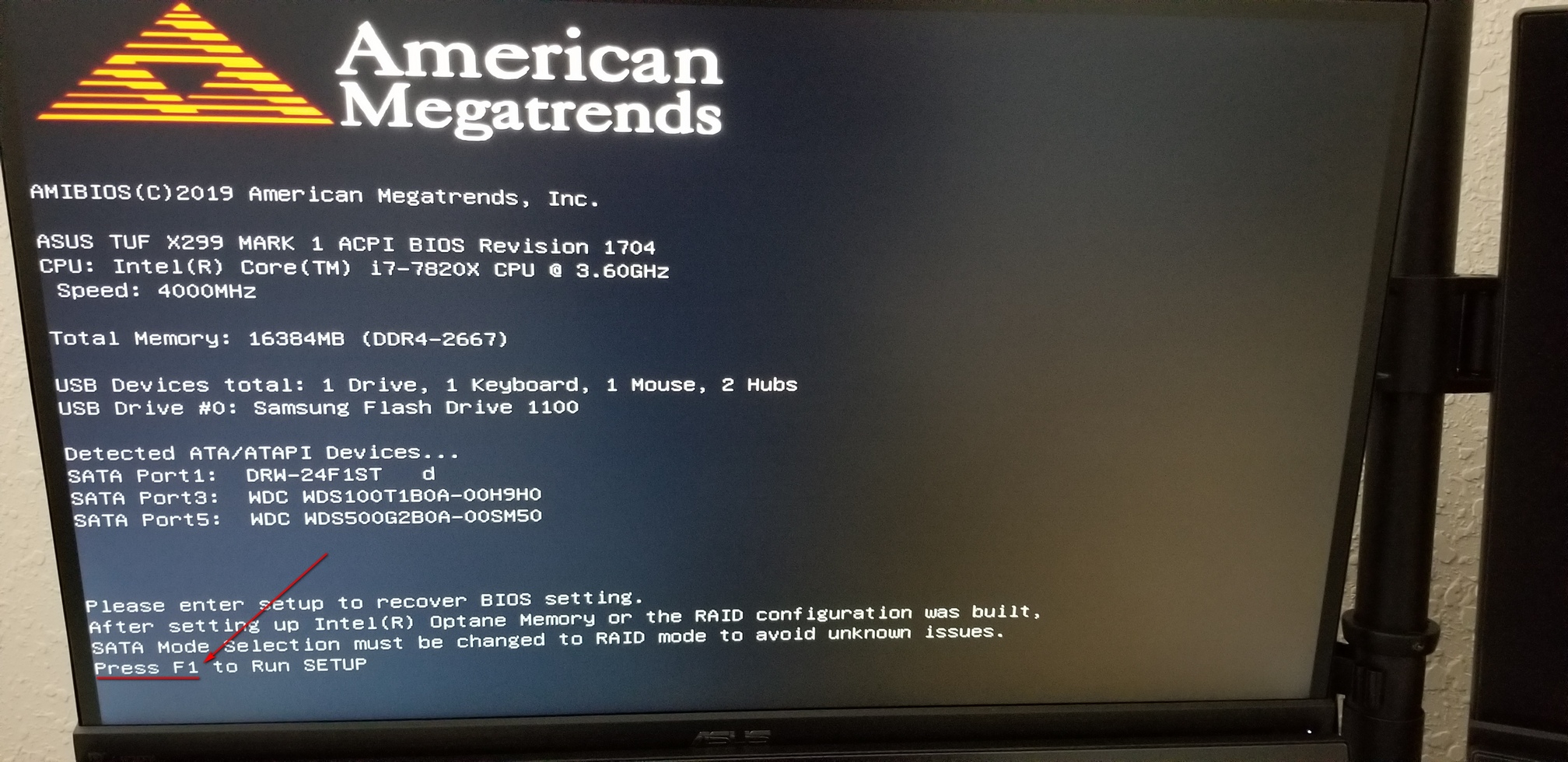

The above command will tell you your motherboard and chipset. You can also find out if your hardware is supported by issuing the following command Install the flashrom or flashrom-git AUR package.įind out if your motherboard and chipset (internal) is supported by flashrom at this website. flashrom tries to detect if a machine is a laptop, but not all laptops follow the standard, so this is not 100% reliable. Warning: If you have a laptop/notebook/netbook, please do NOT try flashrom because interactions with the EC on these machines might crash your machine during flashing. It is designed to flash BIOS/EFI/coreboot/firmware/optionROM images on mainboards, network/graphics/storage controller cards, and various programmer devices. # biosdisk install /path/to/.exeįlashrom is a utility for identifying, reading, writing, verifying and erasing flash chips. Then all the user has to do is boot the system and select the image to flash the BIOS this will load the biosdisk image directly from the hard drive and flash the BIOS.
 The install action will create the biosdisk image, copy the image file to /boot, and then update the bootloader with an entry for the image. The mkimage action will create a ISO image on the user's hard drive. You then have one of two options: create a ISO or install the image for your bootloader. Make sure however, that you always get the BIOS executable and NOT the Windows executable. To use the biosdisk utility to create a BIOS flash image, first download the latest raw BIOS image for your system from your manufacturer's website. In UEFI mode you will need to use a different method. Note: This is only supported on systems when booted in "Legacy mode". See fwupd for further information about installation and usage.īiosDisk simplifies the process of flashing your system BIOS under Linux. Large vendors including Dell and Logitech use this way to distribute firmware updates to Linux.įwupd only supports flashing BIOS updates in UEFI mode. The HP ENVY m4-1015dx page, for example, includes instructions that may work on a variety of HP models.įwupd is a simple daemon to allow session software to update device firmware on your local machine. If there is no page for a particular model, it may be useful to look at pages for similar models, as it might be possible to adapt a process for the target model. The instructions sometimes involve bespoke utilities that may even be particular to the upgrade process on a single model. In addition to the tools described below, many laptop pages include individualized instructions for a particular model. 5.6 Images that are too large for a floppy.
The install action will create the biosdisk image, copy the image file to /boot, and then update the bootloader with an entry for the image. The mkimage action will create a ISO image on the user's hard drive. You then have one of two options: create a ISO or install the image for your bootloader. Make sure however, that you always get the BIOS executable and NOT the Windows executable. To use the biosdisk utility to create a BIOS flash image, first download the latest raw BIOS image for your system from your manufacturer's website. In UEFI mode you will need to use a different method. Note: This is only supported on systems when booted in "Legacy mode". See fwupd for further information about installation and usage.īiosDisk simplifies the process of flashing your system BIOS under Linux. Large vendors including Dell and Logitech use this way to distribute firmware updates to Linux.įwupd only supports flashing BIOS updates in UEFI mode. The HP ENVY m4-1015dx page, for example, includes instructions that may work on a variety of HP models.įwupd is a simple daemon to allow session software to update device firmware on your local machine. If there is no page for a particular model, it may be useful to look at pages for similar models, as it might be possible to adapt a process for the target model. The instructions sometimes involve bespoke utilities that may even be particular to the upgrade process on a single model. In addition to the tools described below, many laptop pages include individualized instructions for a particular model. 5.6 Images that are too large for a floppy. 
5.5 Using a FreeDOS-provided Disk Image + USB stick with Windows.5.4 Using a FreeDOS-provided Disk Image + USB stick on Linux.







 0 kommentar(er)
0 kommentar(er)
